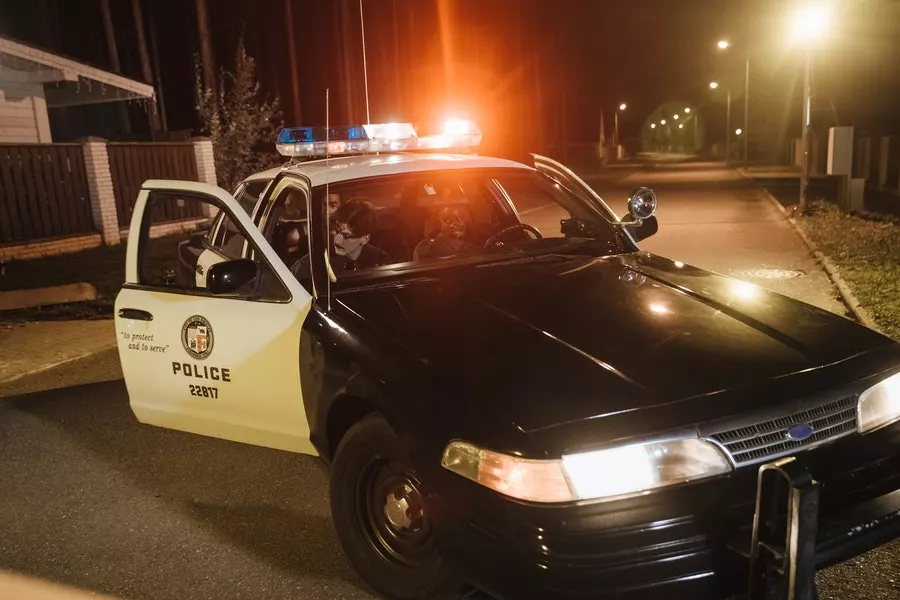
As the weather gets warmer and the days get longer, many Americans are hitting the road for summer travel. Sadly, more road traffic means increased frustration and a higher likelihood of road rage, often leading to altercations, property damage, and even death.
Road rage often occurs when a driver becomes so angry that they act violently toward other drivers, pedestrians, or property. The good news is that knowing what to do and what not to do can help reduce your chances of getting in a dangerous road range situation.
Road Range Statistics
According to the Insurance Information Institute data, road rage is a factor in almost 56 percent of all accidents on American roads. Also, it is directly related to at least 30 murders every year.
The last few years have seen an escalation of aggressive driving tactics, with some instances involving the use of dangerous weapons like guns. According to data from Everytown, road rage incidents involving guns rose from 610 to 728 in 2021 alone, with an average of 44 incidents resulting in injuries or death every month.
Here are handy tips to help you avoid getting into road range situations.
1. Be Polite When Driving
Practicing polite driving habits is a surefire way of ensuring you do not create a road rage situation. Some habits, such as cutting off other drivers, tailgating, or failing to use your turn signals, may seem rude to other drivers, thus triggering a road rage situation.
While polite driving habits may not guarantee you will not experience a road rage situation, they can significantly lower the chances of getting in one.
2. Allow Yourself Extra Time
Most rude driving behavior results from impatience. That means if you are on the road but only have a few minutes to a vital appointment, you will be on edge and tend to engage in rude driving behavior such as tailgating and cutting off other drivers. Such a situation puts you and other road users at the risk of being the perpetrators of road rage.
The best way of avoiding impatience is to allow yourself more time to compensate for the unknown. If your drive is 30 minutes away, you may want to allow yourself some extra time, for example, 15 or 30 minutes more, to allow for the delays that may happen on the way.
3. Do Not Escalate Situations
If you notice signs of an aggressive driver, avoid the temptation of yelling, making rude gestures, or honking aggressively. Such reactions will only escalate the situation, and the last thing you want to experience is a stranger pulling a weapon, such as a gun, on you.
If the aggressive driver is behind you, try to gradually but steadily increase the distance between you and them and then change lanes or pull over and allow them to go ahead of you. Also, it is important never to assume that all signs of aggressive driving result from a driver’s attitude. Sometimes it is an innocent mistake.
4. Make the Right Decision
The right decision when in a situation of an enraged driver will depend on the other driver’s actions.
For example, if they are tailgating you, you will need to avoid braking suddenly and instead brake slowly and indicate your intention to pull over and watch their reaction. If the tailgating driver also intends to pull over, you may want to abort and drive until you get to a police stop.
You can also ask a passenger, if you have any on board, to help you call the police.
If you have reached your destination, such as your home, pulling over into your drive may not be the right decision.
Doing that may expose your residence to the perpetrator putting you at greater risk of an attack should they decide to take their attitude further. Therefore, you will want to keep driving until you get to a place where you can get help.








